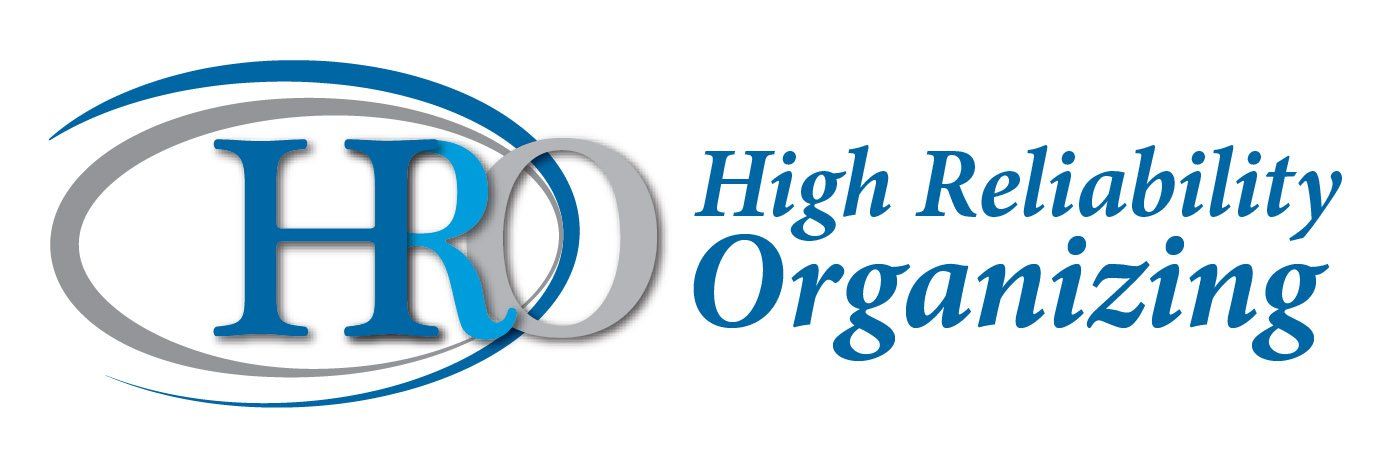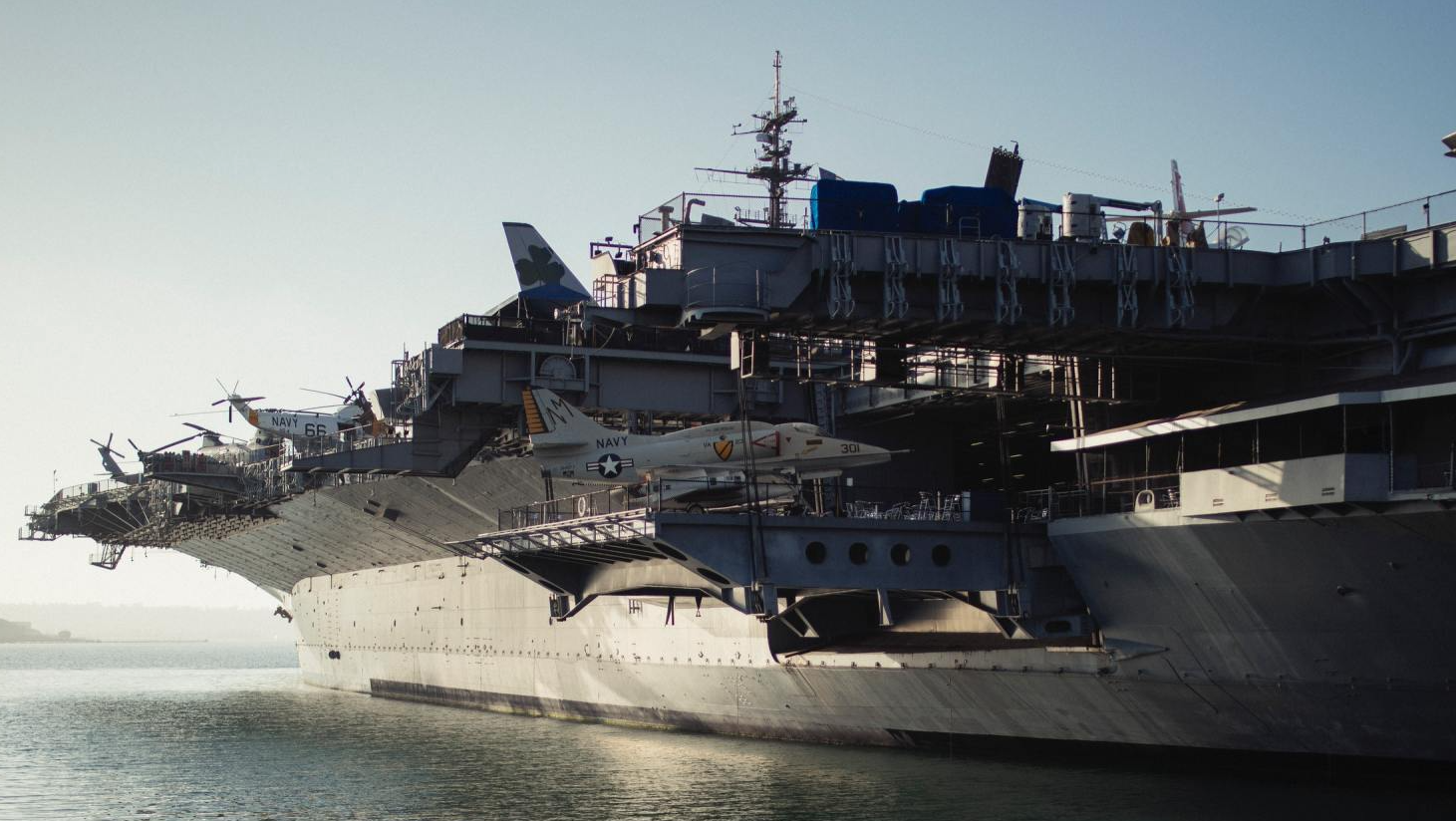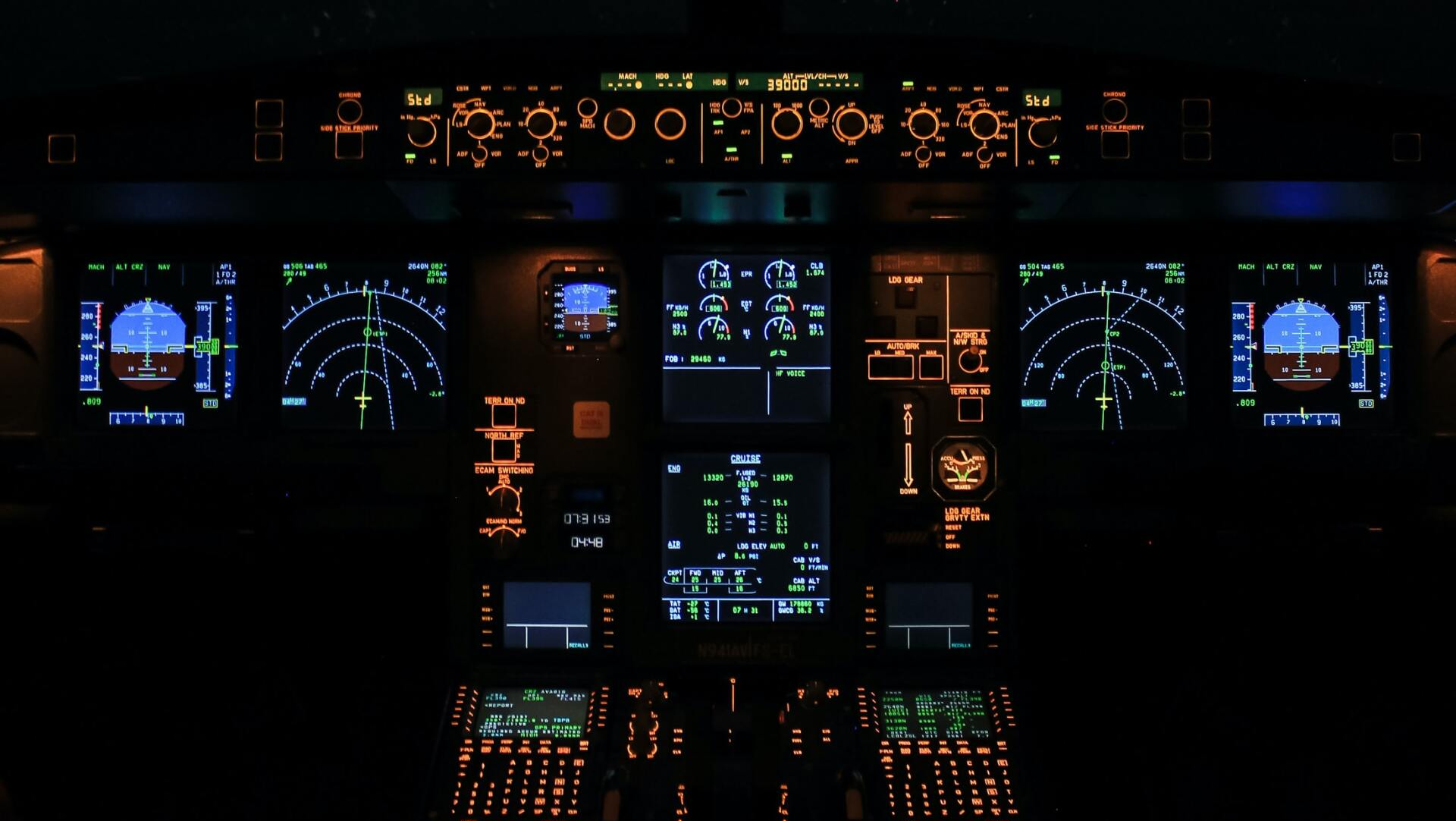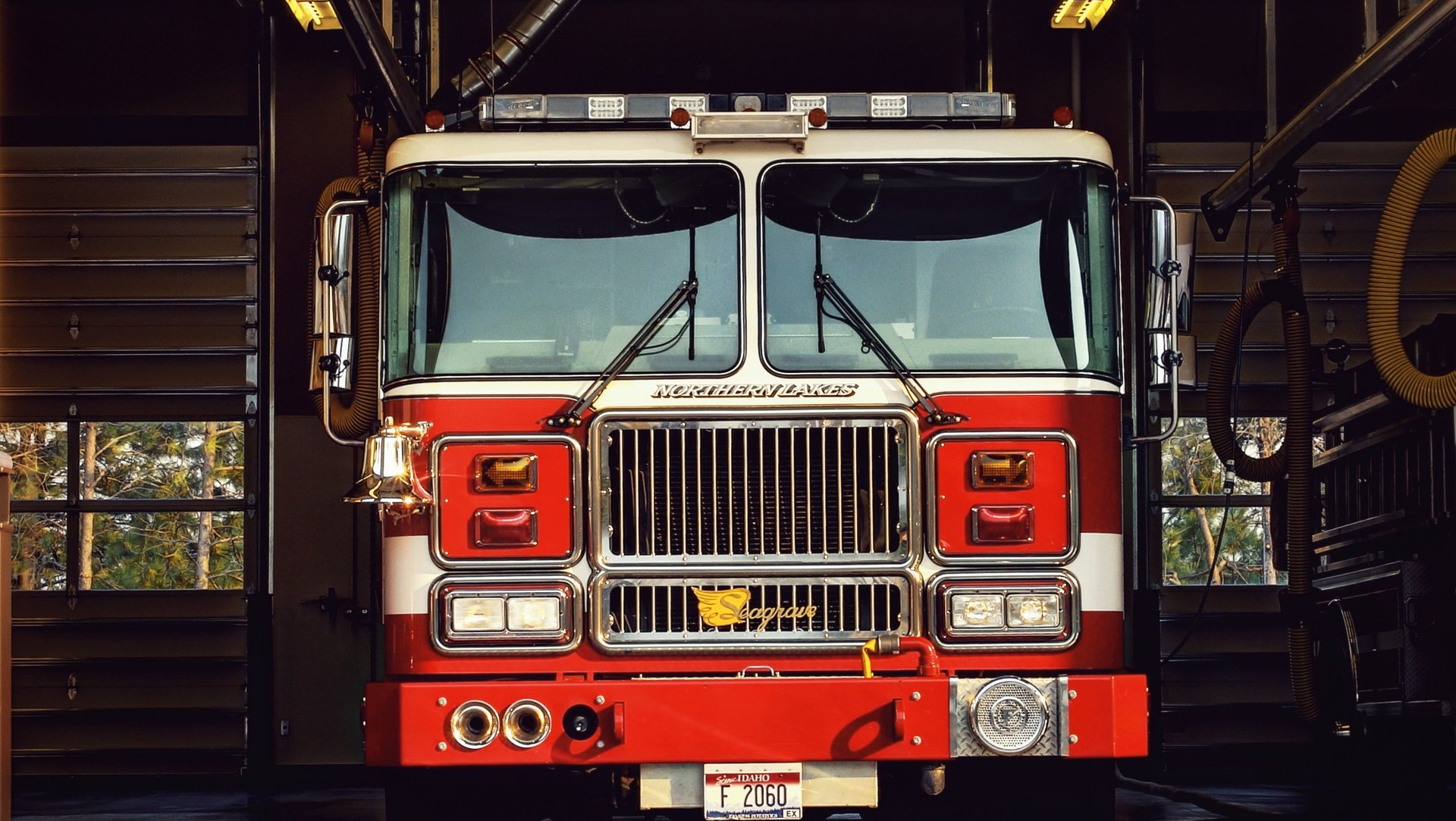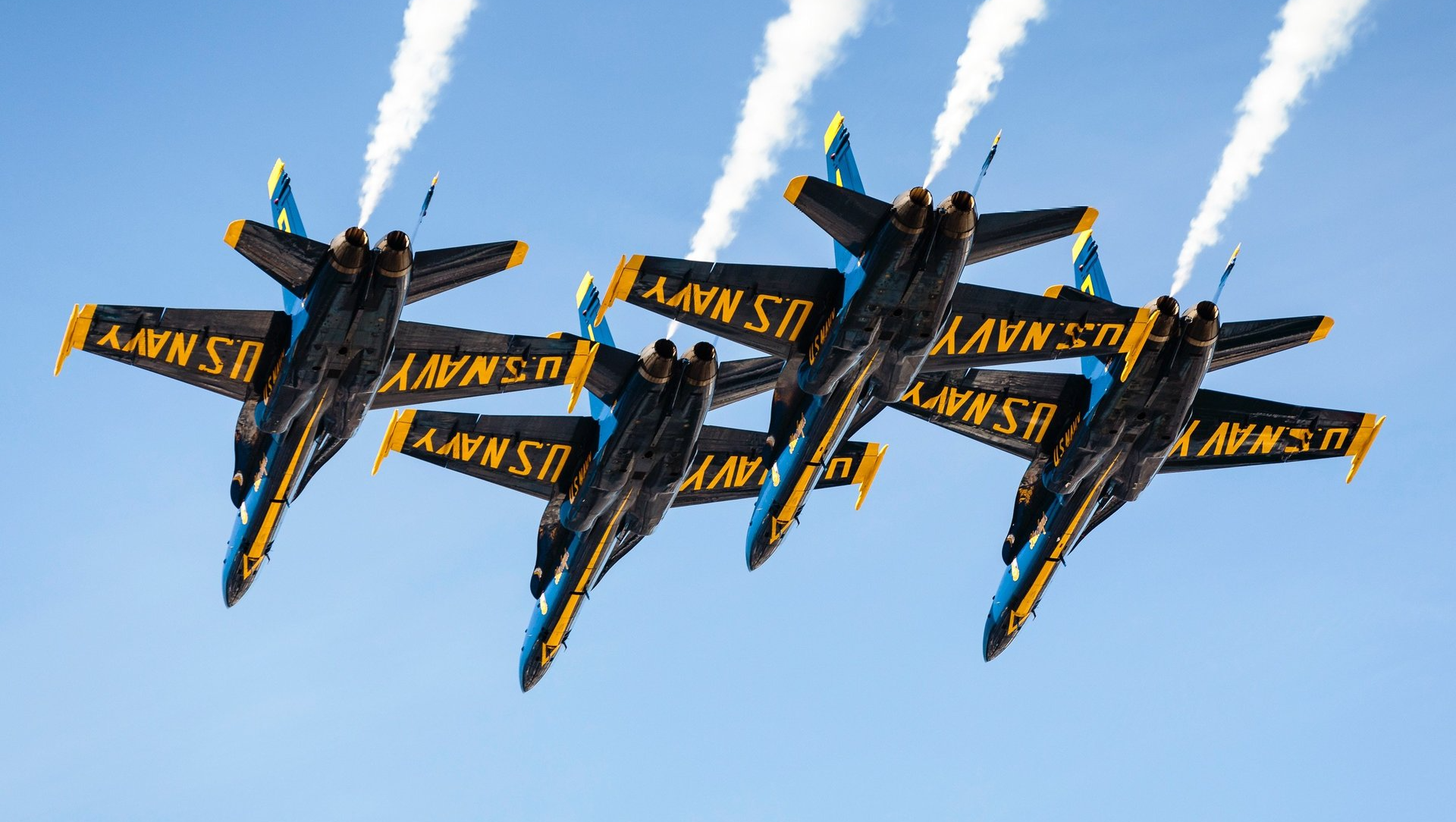Current Thoughts Blog
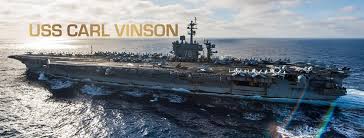
This is a discussion with Thomas A. Mercer, RAdm, USN, (retired) RAdm Mercer, as Captain of the aircraft carrier USS Carl Vinson (CVN 70), requested an evaluation by academics from the University of California, Berkeley, to improve his crew's performance. He also desired to have an MBA program available for his crew. The academics did offer some suggestions but the end result was the codification of RAdm. Mercer’s command philosophy and modern leadership techniques as the High Reliability Organization. CVN 70 was the third of Nimitz class aircraft carrier, commissioned in March of 1982. The crew did an around the world cruise and reported to Alameda, California, a year later. This was unusual because they were not getting the normal support from their support command on the west coast before they departed. RAdm. Mercer reported one-third of the way into the cruise as the ship was transiting to the Indian Ocean (where the support from the west coast for spare parts and replacement aircraft engines dramatically improved). The accident rates as far back as the 1950s and 1960s were 17 accidents per 100,000 flight hours. Accidents, embarked and shore-based, are down now to less than 1 accident per 100,000 flight hours. The entire carrier force is now nuclear powered, which brings more capability and professionalism, appreciation for training and culture of doing things "right" that was not so before. The USS Nimitz was commissioned in 1975 while the fighting in Viet Nam was largely over in 1973. Throughout the Viet Nam war, most of the super carriers were conventionally powered starting with the USS Forrestal. The USS Enterprise was commissioned in 1961. All the carriers were "driven hard" because of the Viet Nam war. The USS Enterprise had a major fire off Hawaii, killed about 100 people, bombs cooked off (burned or exploded) after being hit by a rocket fired on the flight deck. The USS Enterprise had 8 reactors. All Nimitz class carriers have just two large reactors. Safety and readiness is a full system approach. The primary component of safety are the people, it is a people system with a very low authority gradient. Anyone can, and should, question what is being done. [Aside: VADM (ret) Gene Wilkinson, was the first CO of the USS Nautilus, the world's first nuclear powered warship. He passed away this year (2013). He originated the famous phrase (at least in the Navy) "underway on nuclear power" in January 1959.] All nuclear trained officers, particularly the CO, are personally selected by the Director of Naval Nuclear Power. The first was ADM Rickover, the longest tenure of any four star flag officer in the US military. Nuclear operators are very technically competent. The CO sets the tone for the entire organization. Always on duty. Low authority gradient, anyone can stop an operation and question what is being done and is encouraged to do so. In the USS Enterprise grounding off of Bishop Rock, California, no one questioned the CO because he had trained each person on the bridge. A carrier’s Executive Officer is also nuclear trained and aviator. All COs of nuclear aircraft carriers must be aviators; they have not driven ships their entire career. The CO must rely on all his post-command department heads (Air Boss, Navigator, Operations Officer, Reactor Officer), senior Medical Officer and Supply Officer. The Navy's Chief Petty Officers (CPO), the senior enlisted officers, have become stronger and stronger during Tom's career. There is a lot of technical training and expertise, they make things happen on a daily basis with cross coordination with their counterparts throughout the ship. It has been said that the Navy is run by the CPOs. One of their most important roles is training the junior officers. In aviation squadrons, all the junior officers have many collateral duties in addition to flying so the officers depend on the Chiefs to get the work done. Some of the most junior people are the plane Captains, the enlisted person in charge of individual aircraft maintenance. There have been many improvements in the carrier (the ship), too. We have moved to angled flight decks to allow simultaneous launch and recovery. Planes touch down 92% on final and 100% on landing, four arresting wires and other barriers and pilots would sometime amiss and hit, have glide slope indicators and Landing Signals Officer to guide the pilots in, steam catapults instead of hydraulic catapults, just enough night lighting to keep you from having to sit in ready room in night goggles for 30 min to be night acclimated for night flying, still try to keep lights from casting to submarines and others, we have automated carrier landing systems so you can make hands off landing, he had in his career, but not perfected. Comment on responsibility toward the other person, to help and protect others on the ship. This is part of the sense of duty we discussed. Overall level of training and the culture are key components. People know they are top line people doing important work for the Navy. The formal training has become more and more detailed and viable. The Navy has an all volunteer force now as opposed to the draft during the Viet Nam War when we did not always have the highest caliber people. Many people want to enlist or reenlist and we don't allow it because they don't meet our standards. People feel like their trainee is their responsibility and would be very embarrassed if anything that happened to them. Always looking out for their buddy on the flight deck and throughout the rank structure people always have the philosophy and attitude that they are training their relief as they move up in responsibility. At an EMS conference 20 years ago, and EMS veteran with 40 years of experience remarked that he missed the camaraderie between EMS personnel and hospital staff. There was pride not only in the organization but also in the system. The other person's welfare is part of the training. In the Navy is this part of recruit training or is it emphasized later? Yes, it is part of recruit training but it is also part of unit policies and cultivated unit pride to build camaraderie and professionalism. You see a problem and you own it until someone gives you help. You teach people that everyone's job is valuable, trying to make sure that no one messes up another person's work, feeling that we are all in this together, there are few special privileges. Every person has worth no matter how menial his or her job. In healthcare people tend to look down on rookies and novices yet in the 1970s on the ambulance and in the fire department it was a source of pride by how much the rookie learned. How much the rookie learned reflected the quality and performance of the crew. In healthcare, the novice or rookie seems to be in the way. How do you encourage people to look after the new guys? Some personalities of course do not fit in, but there are ways to shuffle them off to the side or weed them out quickly. The demands for people and advancement make it necessary to ensure the new people learn as much as possible. People are always new in something. We know they will have to step in in an emergency and have a role to play in keeping the aircraft carrier or submarine running. The quicker you can get the person trained and reliable, trained like you are, the better it makes your quality of life. Every person can save the boat. Numerous groups want to bring High Reliability into their organization. It is easy to say but it is hard to do. You said that you always encounter opposition. You advised to move forward despite the opposition not in spite of the opposition. How do you work despite or with the opposition? You do get the feeling that it is you against the world. People try to take it as a matter of pride and good discipline. A book came out five to six years ago, It's Your Ship, by Michael Abrashoff. He happened to be the junior skipper in the destroyer group. He prided himself on not cooperating with other COs, to try to one up them. This banter must be friendly and not get out of hand. In some systems this type of friendly competition can further each other’s performance and make people better. You raise the bar for others. If you come in and change what they are doing there is resentment. Rather, tell them what is good, then, ask what else we can do? If it is not working, then in private discuss how we can do better. You are going to get resistance when you tell people they are not doing things the right way or need to improve so you have to be careful about appealing to their sense of pride and professionalism. We are designing out the hazards of a system, which may lead up as to designing out the capacities of the individual. For example, the use of auto landing systems in aircraft is such a system. Will this result in an effort to drive out risk and human reliability. As part of an High Reliability Organization, you have to have systems that are designed to allow humans to adapt to changing conditions that could be lost if we rely on more automation. A doctor he met at a conference at USC had the impression that the automated systems and air traffic controllers should be held accountable for accidents and that accountability had shifted away from pilots. While the academics from Berkeley focused on flight decks the piece de resistance of what you did involved kitchen duty. Some loved it, some hated it, and for some that was the best they were going to do yet you instilled in them pride in their job. As you said, “If you can take care of the ship below decks the flight deck takes care of itself.” In hospitals, no one pays attention to the lower ranks. How do you instill pride in in the lower ranks and acceptance by the higher ranks? Everyone does kitchen duty or compartment cleaning. When they report to the ship no matter what their technical training is (with only few exceptions), the first cruise in the summer at the naval academy is in the role of an enlisted man. Everyone in the organization has had to do their fair share of the "menial" work. Even the military academy must learn the job from the ground up. In medical school and residency this is called “scut work” and everyone is assigned these duties. However, it has the reputation of being meaningless, that it has no useful purpose. As a novice in many organizations you get free pass to ask any questions you wanted. This is a golden opportunity to learn. Health care does not seem to value this period. Is it to learn how the system works or because you are the lowest on the totem pole? You described a lot of technology that was implemented at the same time as you were involved with cultural dynamics and personal leadership. What kind of change accounted for what kind of improvements? Did things ever get less safe when you were introducing technology? Transition to some of the technologies was often not as smooth as you might think. His predecessor on CVN70 had a lot of time to work with marine architecture people at MIT and Carnegie Mellon in 1981 and 1982. They had a Wang beta email system throughout the ship. It had a very colorful and interesting map display system on the bridge and other areas of the ship well before GPS. It had a high-speed printer for generating all the paperwork the ship needed and some expert systems to improve air operations (fuel management, etc.). They had tried to automate many of the pre-underway checklists. All ship instructions automated and electronic. The problem was that no one was used to using them, computers were not strong enough to handle the load, checklists not easily updated when things needed to be changed. It did well in REFTRA, but it did not do well in the Operational Readiness Exam that followed. Many of these systems were detriments to the tried-and-true ways of doing things. Now the aircraft handler that manages plane status, arming, and fuel, and maintenance has automated systems to support him, but the automated systems cannot do all the thinking and coordination needed. Right now the LA water system is putting in system called Safe Start: mind on task, eyes on task, behavioral safety . The real problem is just keeping people motivated to do things they don't want to do. How do you motivate people to do those things they don't want to do? Make those basic unpleasant things universal so people know they cannot escape them. On the carrier, it is a test of how well you internally communicate, how much do you let people off at these training events know that they are still part of the team? Need them to know that someone is looking out for them and to return to their real job When people are sent off for training in tasks not relevant to their job, we must convey that they own the material. We must let them know they are not going off just to do something. People have to feel a sense of owning something or vision of how these things they don't want to do are important It seems like the sustainability of the motivation falls back to leadership to make it clear to front line staff that what they are doing is of value to leadership. They will see the value as well this way. What are we modeling when we say one thing and do another? The staff pays a lot of attention to the signals the leadership send.
